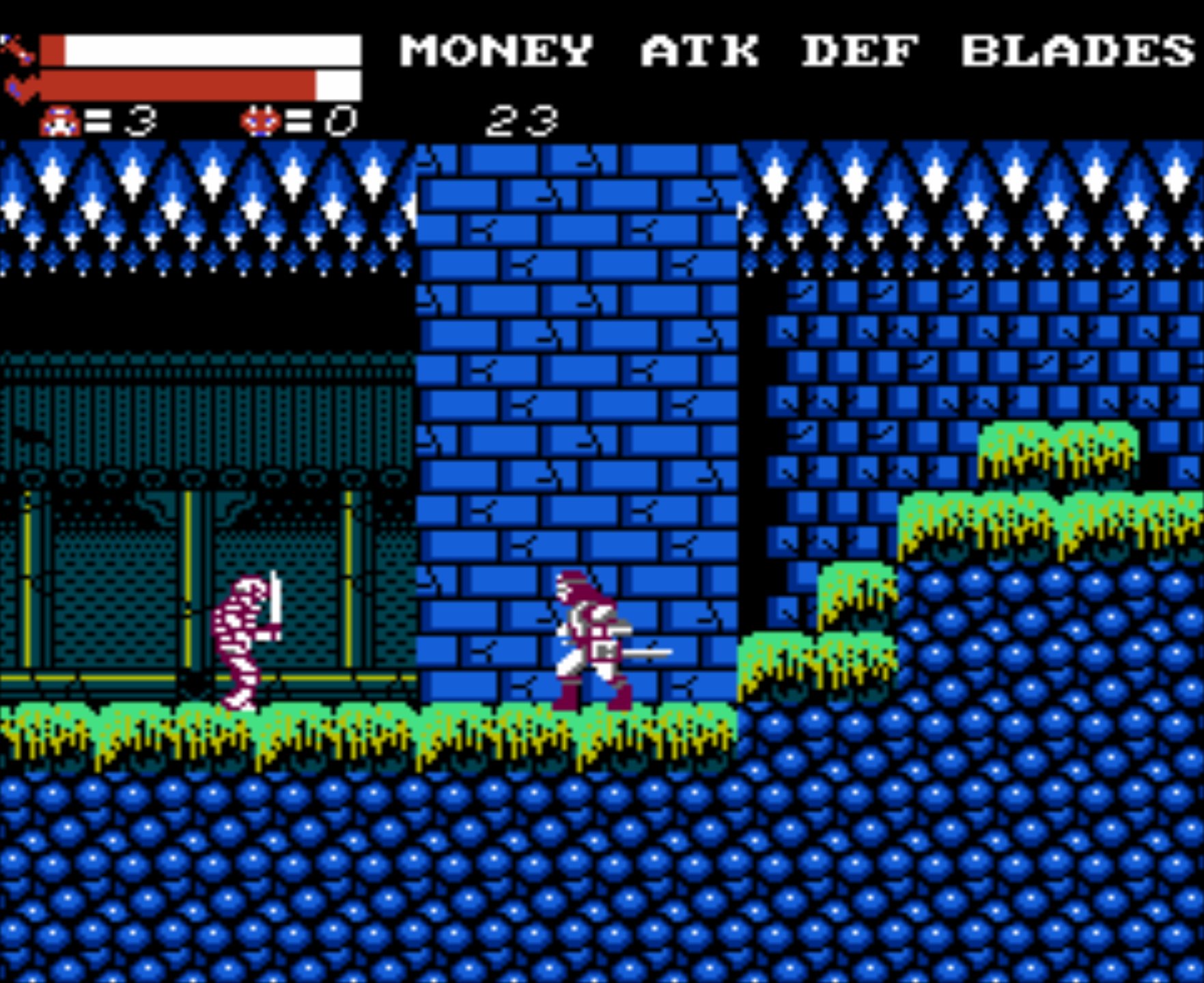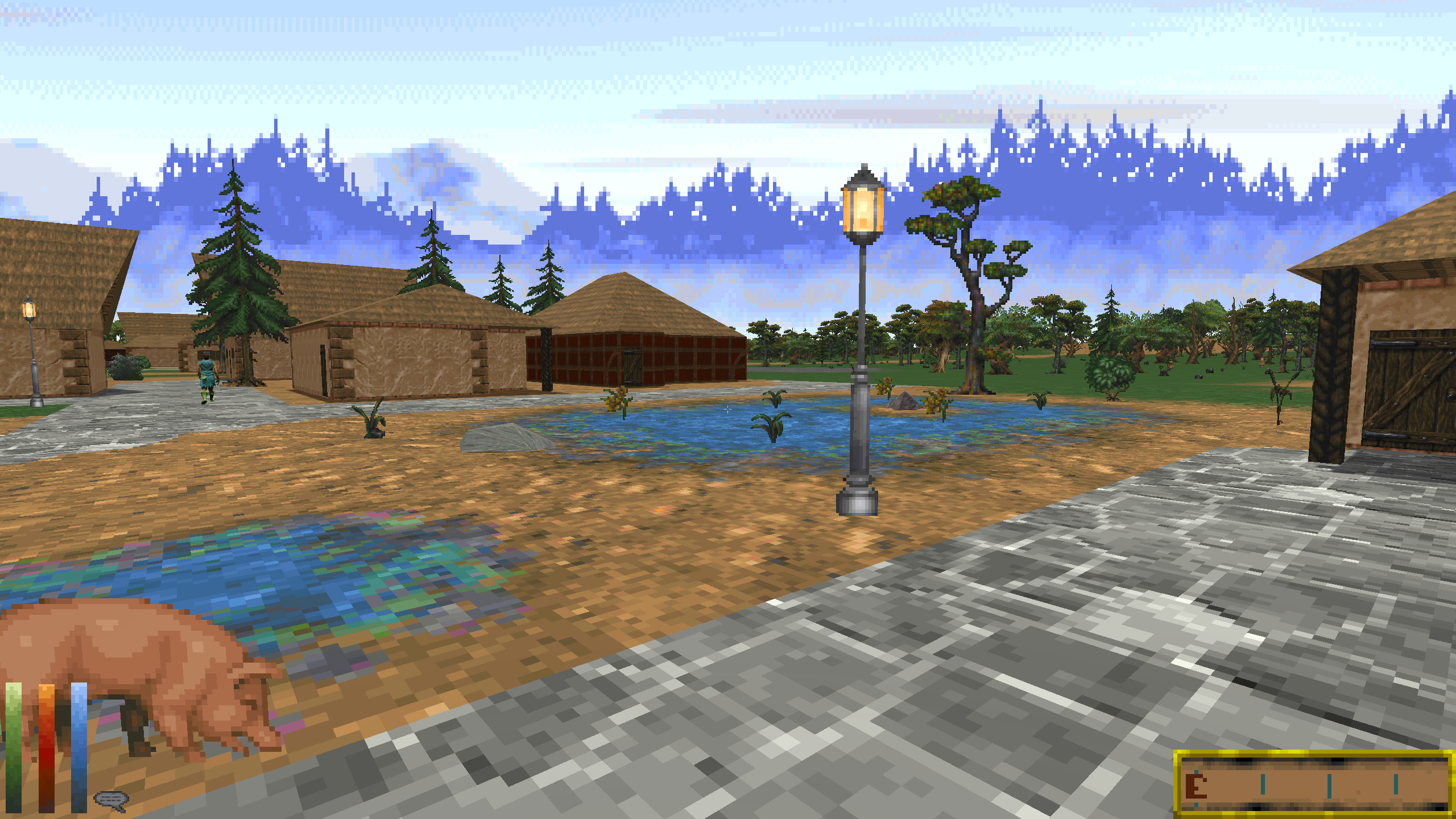This is Keeping Score, a series about games and their soundtracks. This entry qualifies as an honorary member of the History Lessons series too. As always, you may click on images to view larger versions.
When I first started the Keeping Score series, I viewed it as one way to sort through my massive backlog of games. I figured that instead of looking through the entire thing for something to play, I could pick games for which I also had their soundtracks, and write about them both. Before long, however, the series became a place to catch any particularly cool soundtracks I’d stumbled upon, from games I’d played for entirely separate reasons. I’ve been wanting to get back to the original spirit of the series, though, and have finally done so with Slave Zero.
Released in 1999 for Dreamcast and PC by Infogrames North America (formerly Accolade), a year before they were fully absorbed into French firm Infogrames, Slave Zero is an action game about a giant robot attacking a massive cyberpunk megacity. I played a demo of it back then, in the era when demos came on CDs bundled with game magazines, and I thought it was cool, but not cool enough to spend my limited game-buying budget on. The press seemed to agree, giving the game middling reviews. Yet, it stuck in my memory. When it was released on GOG, I picked it up, but didn’t play it right away. When I started the Keeping Score series I noted that GOG’s version of Slave Zero includes its soundtrack, and I considered playing it for the series, but got distracted by other games instead. Now, I decided to go for it.










